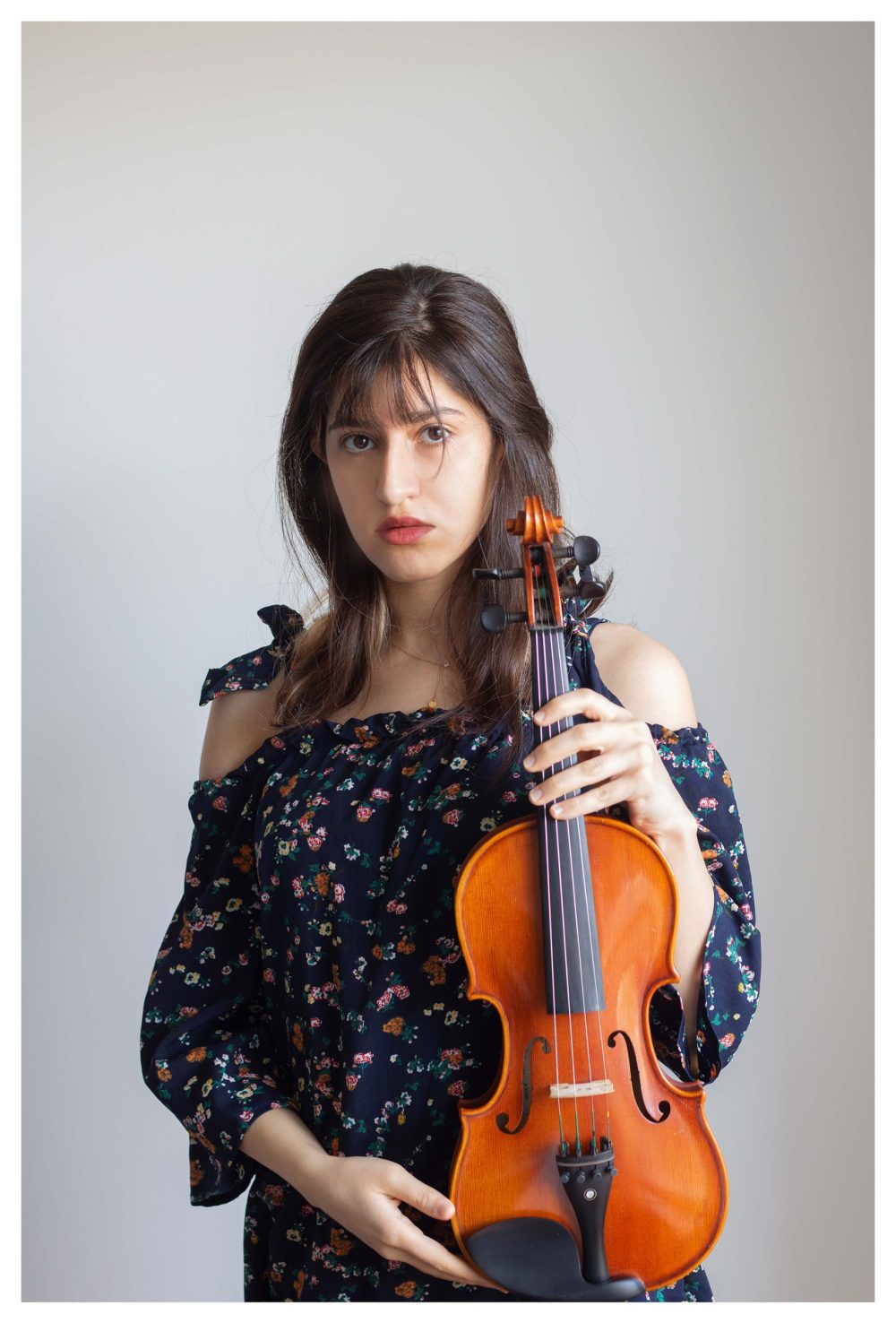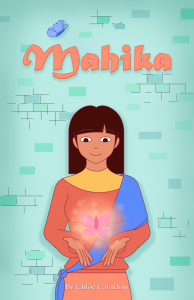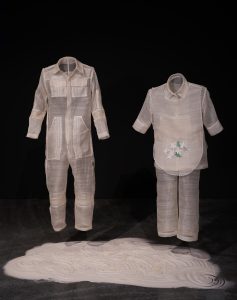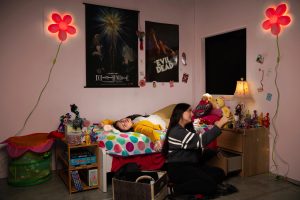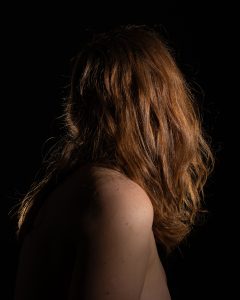Longing for Nostalgia
Paniz Mani
See it On Campus: Level 1
Visitor Info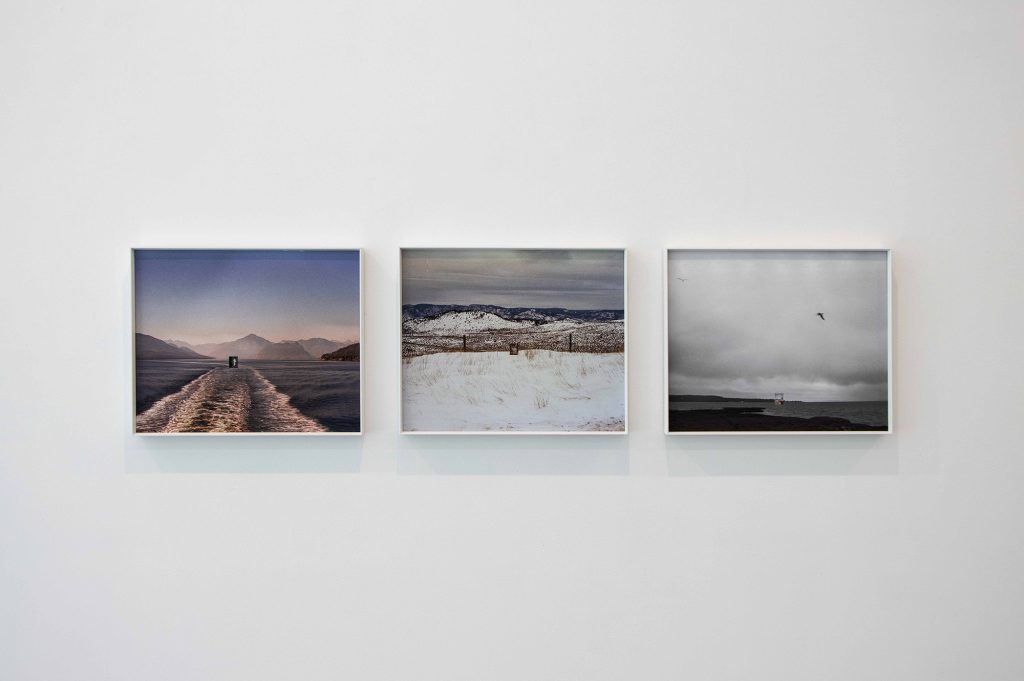
My photographic series The Longing for Nostalgia investigates the profound trauma of immigration and exile, where individuals are uprooted from their country of origin.
Immigrants experience emotions such as mourning and nostalgia and use these emotions as a coping mechanism as they face the harsh realities of leaving their homeland. However, often, these emotions remain unspoken, leading to inner conflict and turmoil. Guilt for surviving while others suffered, coupled with a sense of helplessness and humiliation, becomes a heavy burden.
In this project, I seek to reconcile with my past, exploring the layers of nostalgia, loss, and cultural disconnection from my country of origin (Iran). I grapple with the weight of my choices and decisions that led to my arrival in Canada and while longingly looking back to a past forever out of reach.
Personal archival images from my past life in Iran are layered onto subdued contemporary landscapes captured in Canada. To discover the second layer, one must closely look through the opening, carefully cut out in the first layer, a gesture which emphasizes the struggle of longing, seeking and discovering.
I employ this artistic technique as a metaphor to convey the experience of disconnection from the past and the uncertainty regarding the present or future. The physical struggle to see, represents a fractured comprehension of a person in their overall understanding of their past and the new, unfamiliar present, while also exploring what can be made visible and what persists as invisible in photographs.
By utilizing old photographs from my archive as tangible objects, they become a kind of surrogate homeland for me, a way to hold onto a piece of the past brought into the present.

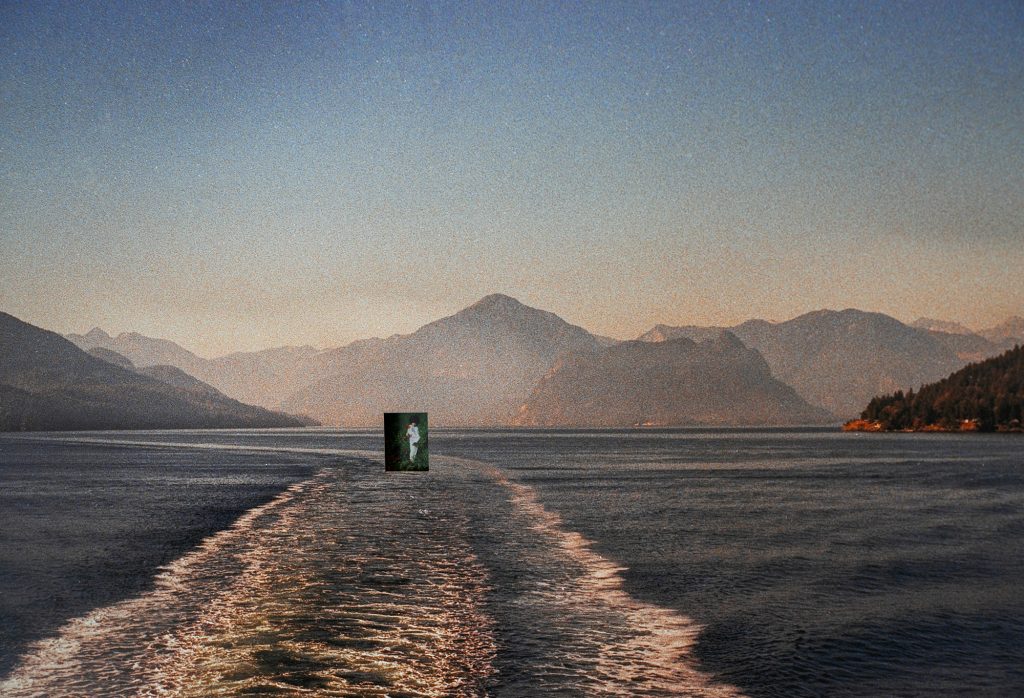
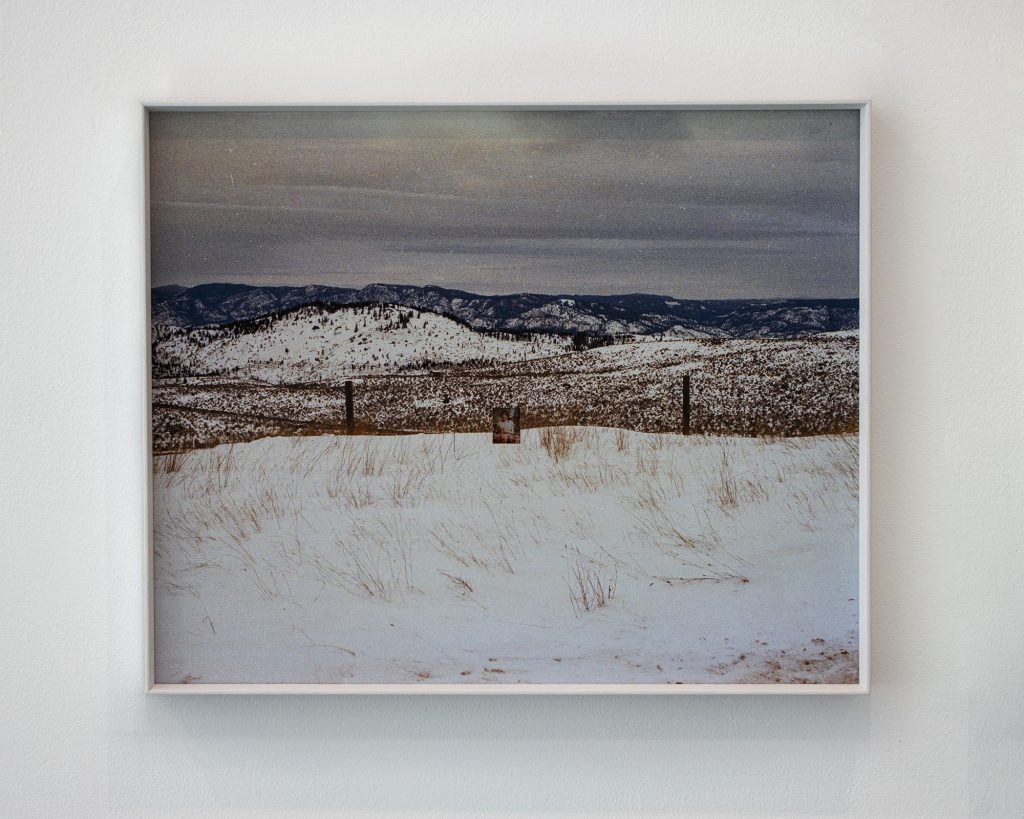
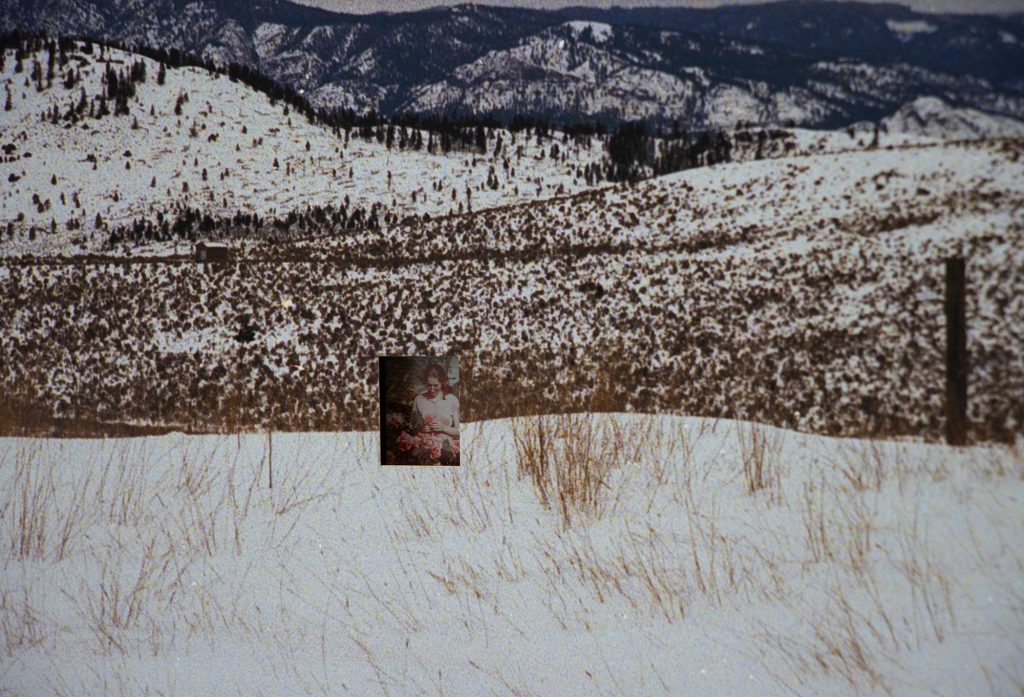
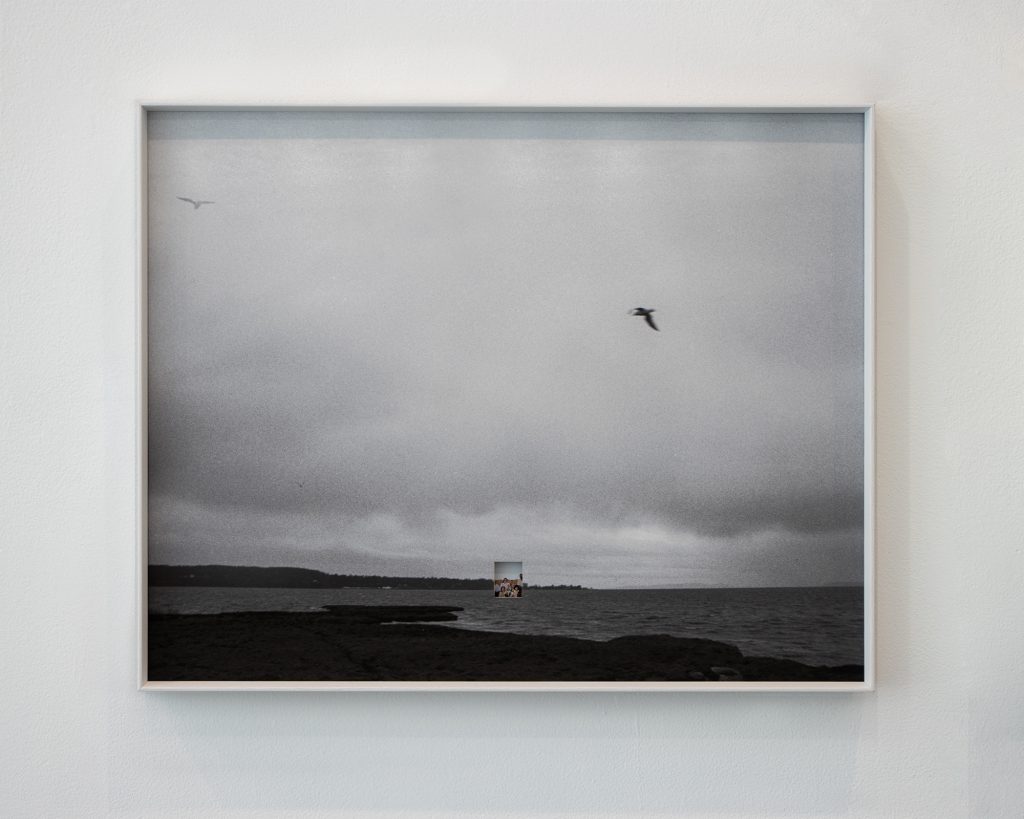
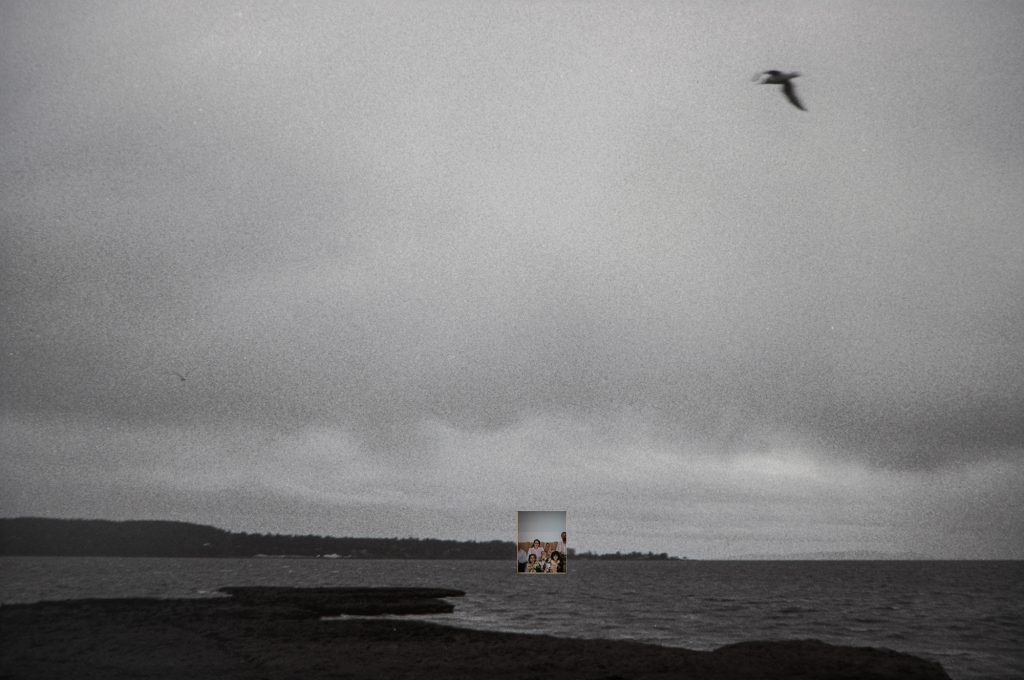


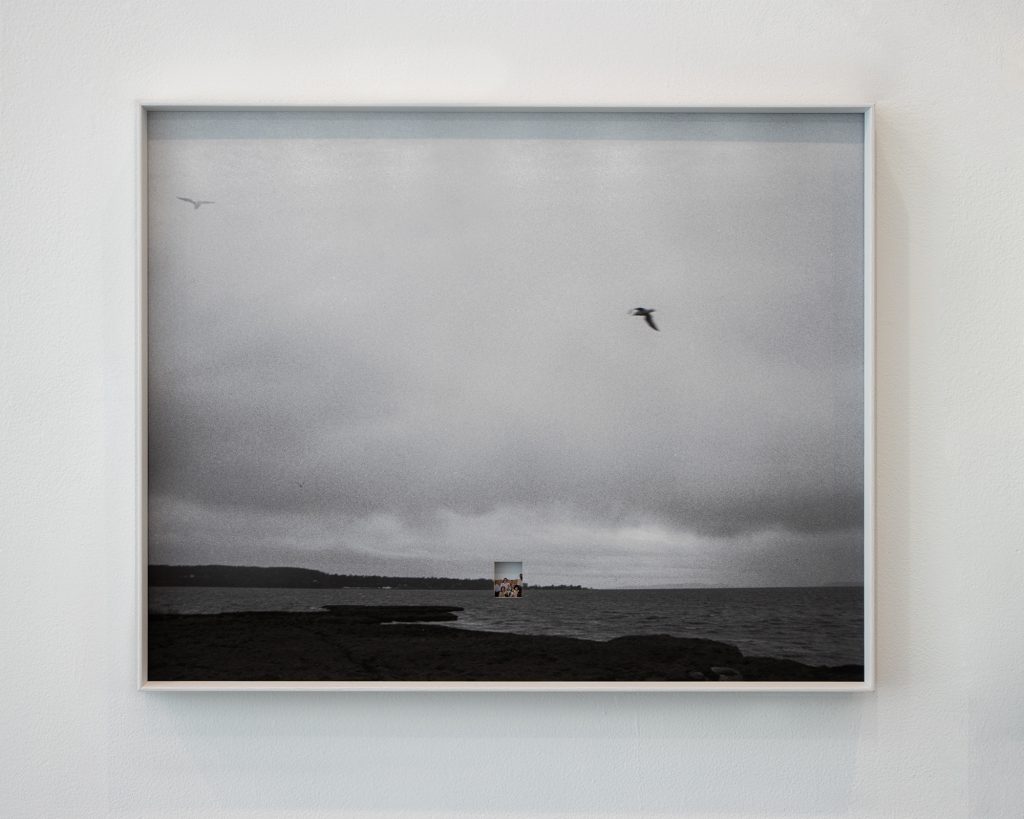
Exhibitions
Longing to See: Photography and In-Visibility
CAPTURE X EMILY CARR PRESENTS LONGING TO SEE: PHOTOGRAPHY AND IN-VISIBILITY, AN EXHIBITION CURATED BY BIRTHE PIONTEK THAT FEATURES WORK OF NINE EMERGING EMILY CARR UNIVERSITY ARTISTS AS PART OF THE 2024 CAPTURE PHOTOGRAPHY FESTIVAL.
In an image-saturated world, we keep photographing. Photographs, digital or analogue, give us the illusion of preserving time and often reveal the significance of the captured moment only later, when it has turned into a memory that is revisited in the image.
Asking what can be made visible in a photograph and what stays hidden, the artists in this exhibition investigate the human desires to see, save, and revisit. They explore photography’s close relationship to memory, longing, and belonging by working with personal archives, including photographs, objects, and materials charged with personal histories. Utilizing strategies of documentary photography and staged portraiture, some of the works make visible what is often simply felt or experienced and shine a light on what is overlooked or hidden: fluid identities; invisible mental health issues; desires informed by the subconscious mind as it is shaped by societal pressures; and the complexities of immigration, such as navigating cultural differences. Meanwhile, other works in the exhibition explore these themes from a different perspective, focusing instead on the close relationship between social media and photography. In these pieces, the artists investigate their own desires to see and be seen, challenging the contemporary display and consumption of fleeting digital images on social networks that reinforce the visibility of the desired while often hiding the undesired reality in plain sight.
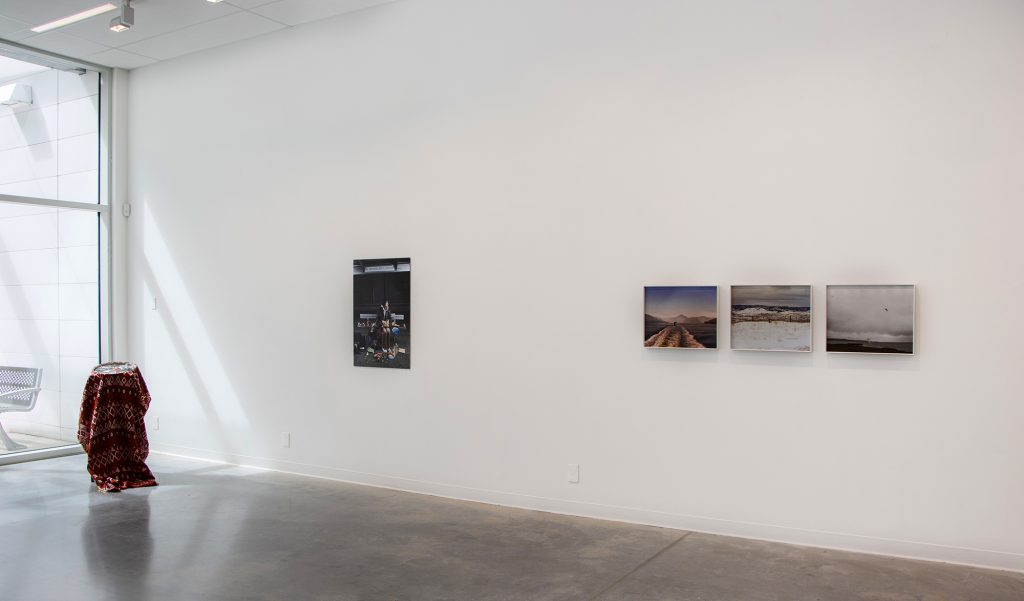
Longing to See is an inquiry into the potentials and limits of a seemingly boundless and ubiquitous medium by a new generation of lens-based artists who address photography’s unique ability to show things as they are. These artists encourage us to feel, remember, and question what is visible and what is invisible – or unphotographable.
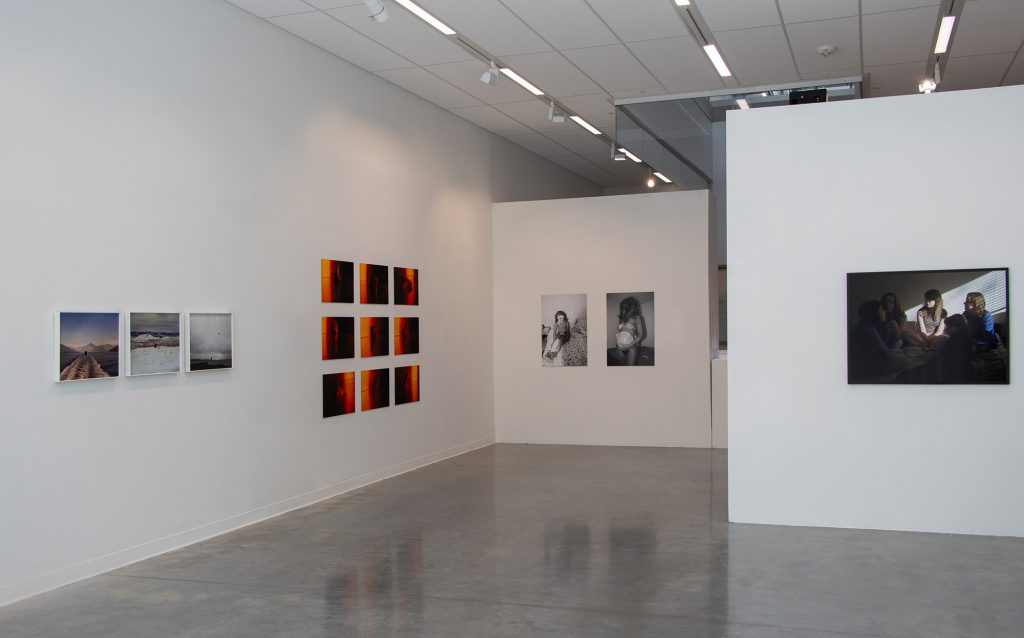
Other Exhibitions
CURRENT: Photography as Pause
The exhibition CURRENT: Photography as Pause marks the launch of the new partnership between Gallery 881 and Emily Carr University and features seven emerging photographic artists from ECU’s BFA and MFA Programs.
Within the constant flow of images, CURRENT: Photography as Pause is an invitation to consider photography as a means of being present. Whether investigating the photographic image as an object by expanding its meaning and surface through material interventions, questioning the authority of photographic representations by using the camera to reveal gender and identity stereotypes or utilizing the photographic studio as a site to unpack and visualize the anxieties and traumas surrounding immigration, the artists ask the viewer to pause so we can once more discover photography’s potential to slow down time for us.
CURRENT: Photography as Pause features artists Laura Ayres, Claudia Goulet-Blais, Julia Kerrigan, Charlie Mahoney-Volk, Paniz Mani, Maria Michopulu, and Parumveer Walia and was curated by Karen Zalamea, Vancouver artist and educator, and John Goldsmith, director of Gallery 881. Organized by Assistant Professor Birthe Piontek.
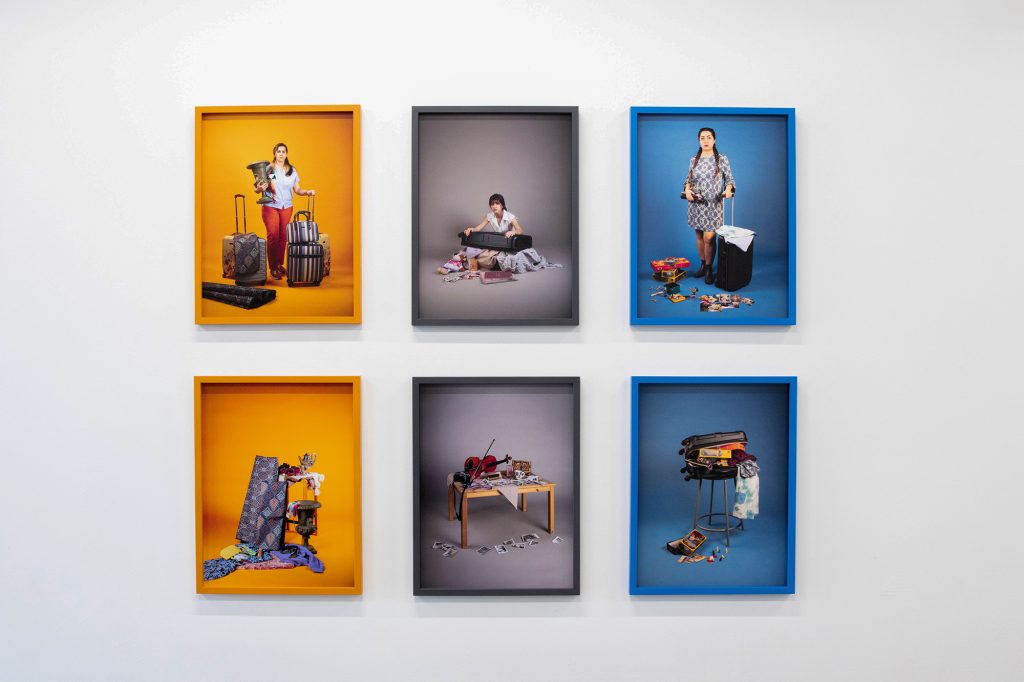
PROUD-MAN: Multi-Channel Video Installation
Emily Carr, On-Campus grad Show
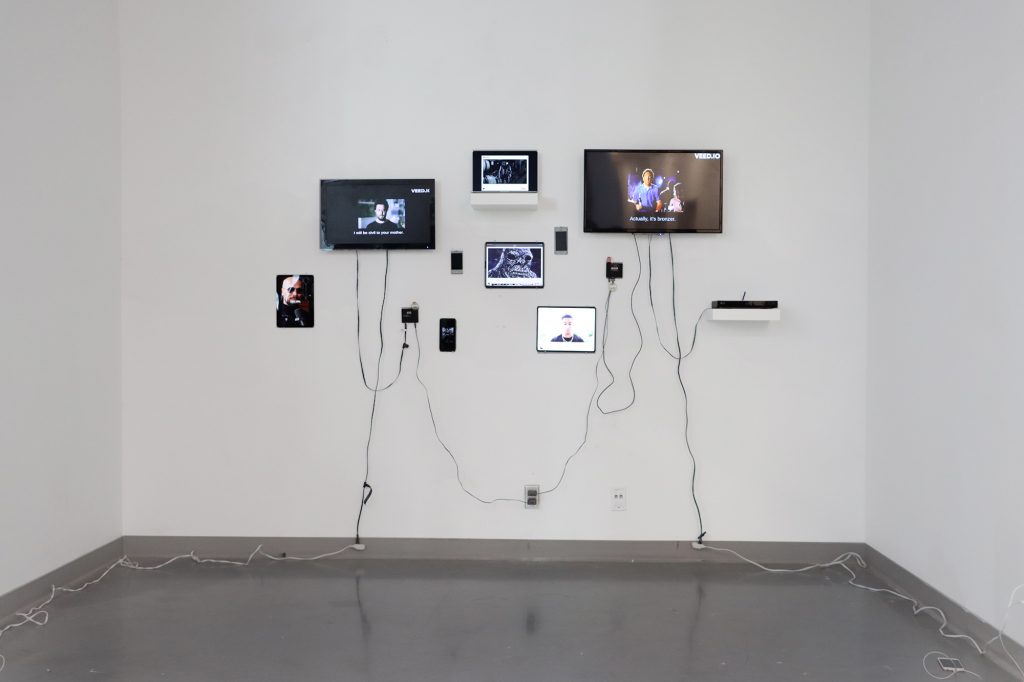
In this project, I explore social expectations that fuel harmful norms surrounding male gender roles. It begins by investigating gender roles and their profound impact on our daily lives, both physically and mentally. The historical division of genders and the assignment of specific roles and norms have deep roots in human history, constituting an inseparable part of our culture despite
undergoing numerous changes over time.
This project focuses on the circulation of moving images across various media platforms that we consume daily. Within the context of toxic masculinity, I have been examining the massive, inevitable stream of visual content circulating across different platforms, from traditional mediums like television advertisements to modern platforms such as social media, YouTube, TikTok, and others. This project invites us to contemplate the underlying impact of these messages being fed to men, young men, and indeed all of us on a daily basis. And to remind us, despite recent changes and progress, there remains much work to be done in challenging and dismantling harmful societal norms.
The work is presented as an installation featuring found commercial ads and video clips from the 21st century, playing in a loop on multiple devices such as phones, iPads, TVs, media players, and more. The goal of this installation is to immerse viewers in a barrage of videos, exposing them to harmful slogans promoting toxic masculinity that unfortunately still persist in our culture.
